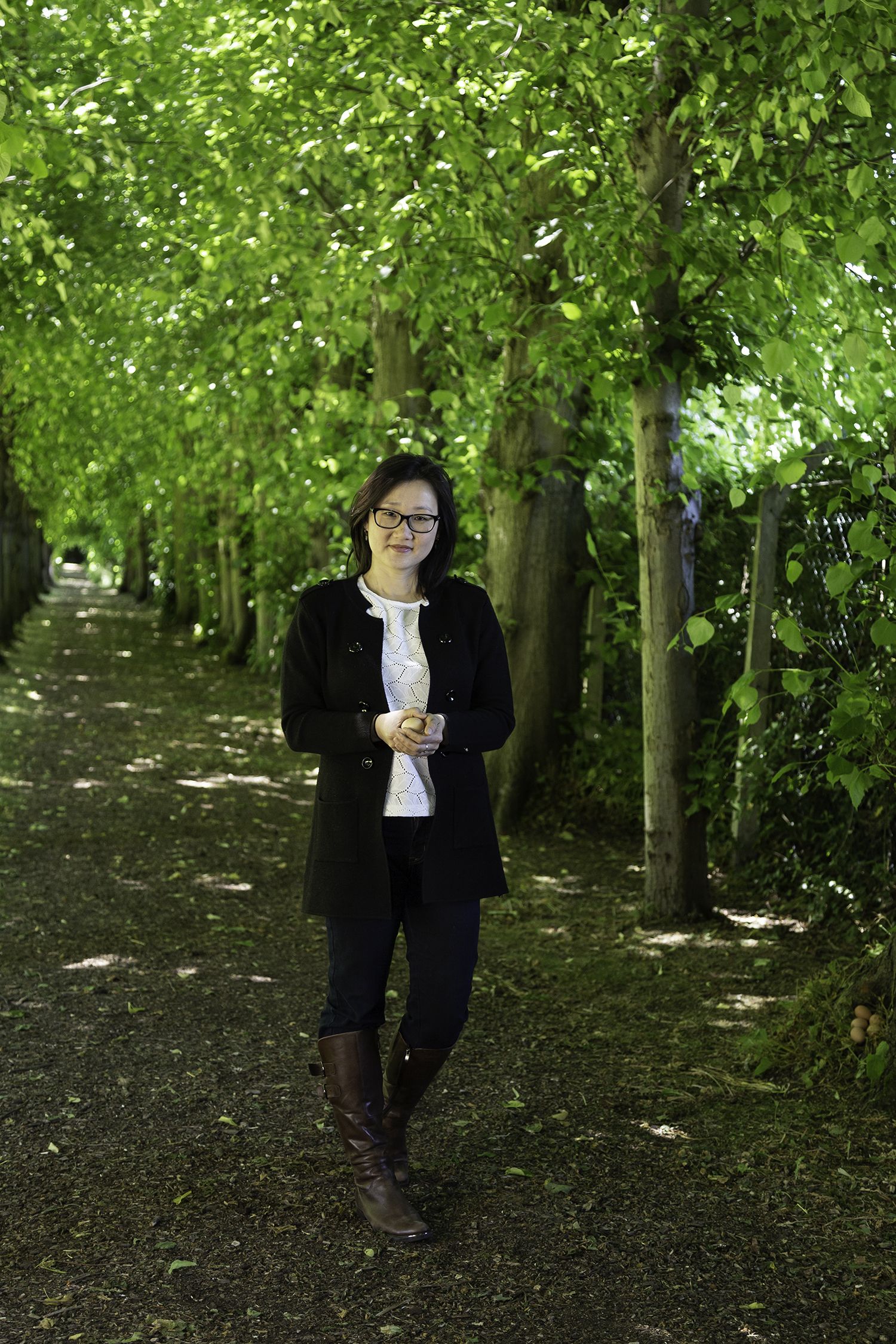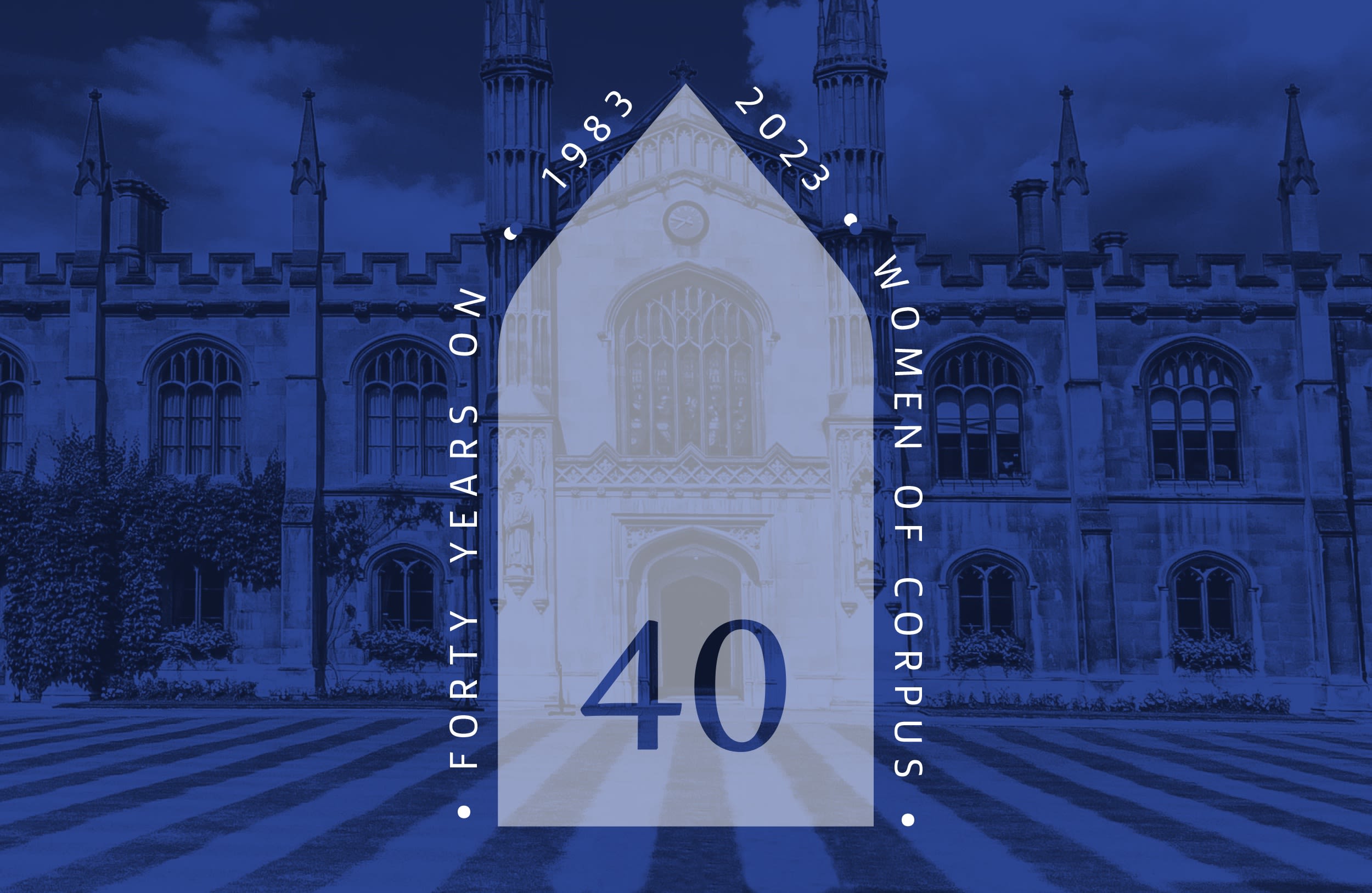Dr Jenny Zhang
BA(Adv) Sc (Hons) PhD (Sydney)
CHEMISTRY

“ My research aims to re-design photosynthesis for clean energy biotechnologies. Naturally, I wanted to be standing somewhere green. A major breakthrough in my group is that we recently developed a way to 3D-print arrays of branched pillars structures from indium tin-oxide nanoparticles that resemble columns of trees! These structures could host photosynthetic microorganisms and collect electricity from them in very efficient ways. When you look at these structures under the microscope, they resemble the tree columns photographed behind me in the photograph.
My chosen object (also my Easter egg) is literally…eggs. This is a reference to my mother and personal hero, who is convinced that she is the reason that I’m such a passionate scientist. Her evidence is that she used to read me lots of stories about how things work, including how eggs become chickens and radios make noises. She recalls that I was so affected by these stories that one day all the eggs had disappeared from the kitchen and later she found them all snugly tucked away in bed! The radio was also found in pieces at some point…
The Corpus female Fellowship is an incredible collection of diverse, wise and kind world leaders in their areas. Corpus nurtures this community in several forward-looking ways and I feel very lucky to be a part of this. ”
Jenny is fascinated by the redox chemistry occurring at the interface of materials and living systems. She obtained her PhD at the University of Sydney, Australia, where she synthesized redox-active anticancer metal complexes and studied their distribution and metabolism within tumour models. She then joined the University of Cambridge in 2013 as a Marie Curie Fellow, where she studied the photo-electrochemistry of the photosynthetic enzyme, photosystem II, adsorbed onto electrodes. She now holds a BBSRC David Phillips Fellowship at the Department of Chemistry, where her research group probes deep into the photo-electrochemistry of photosynthesis in vivo.
